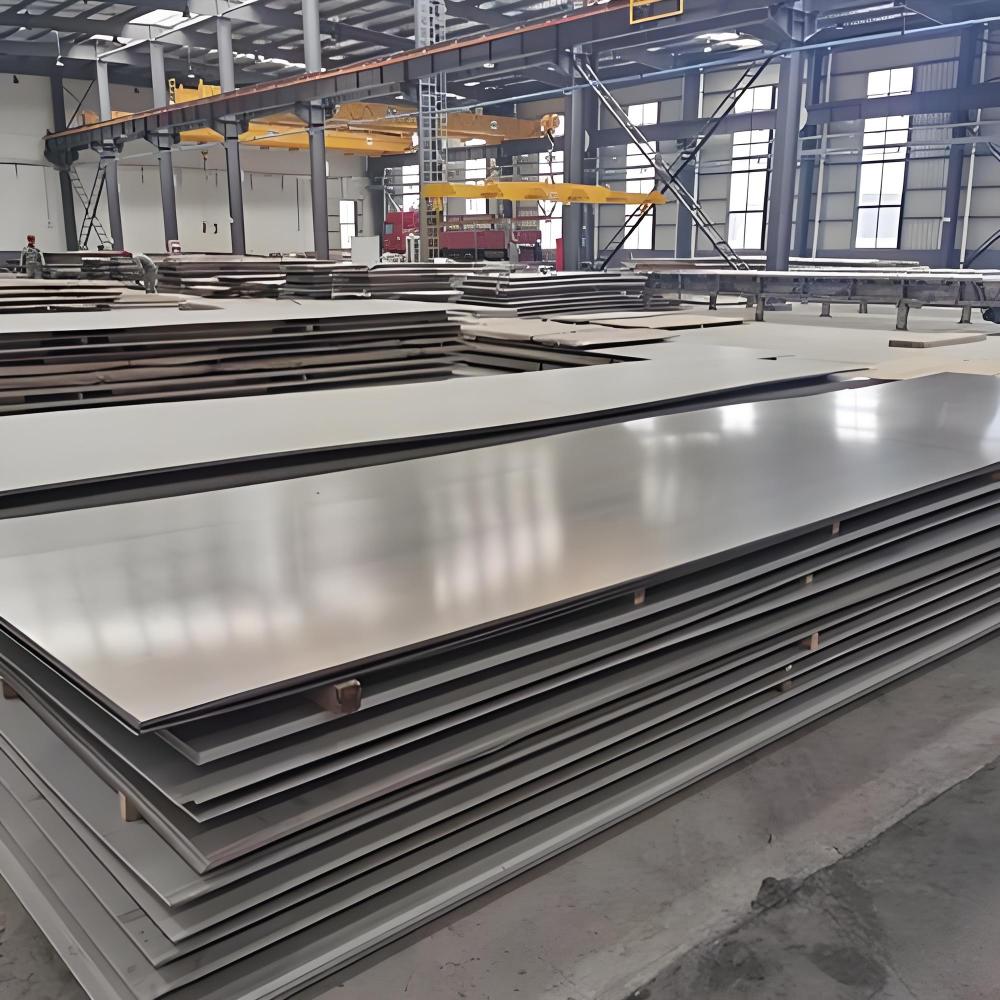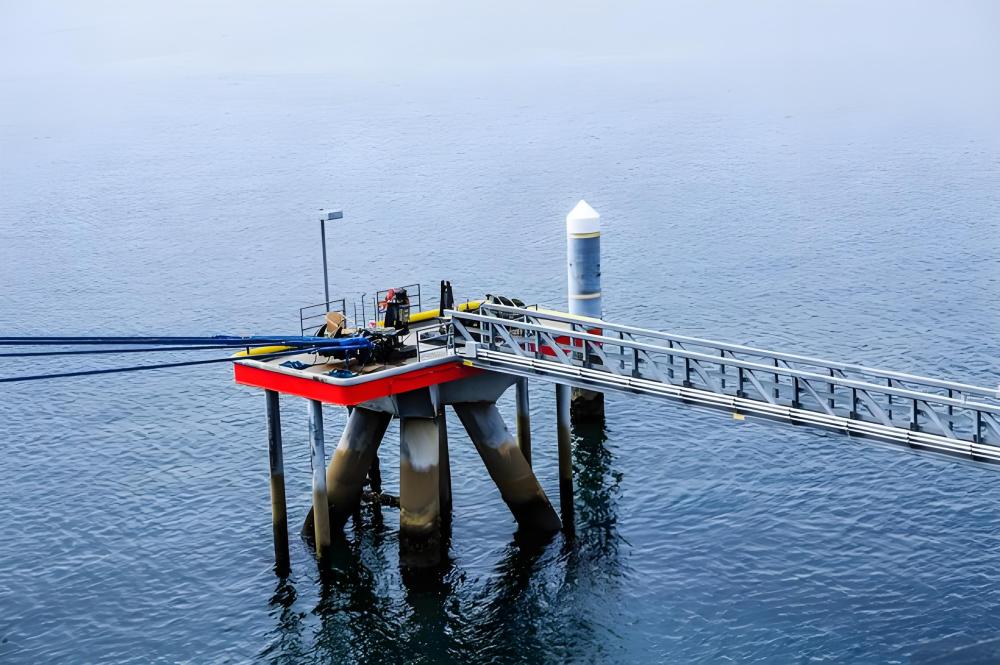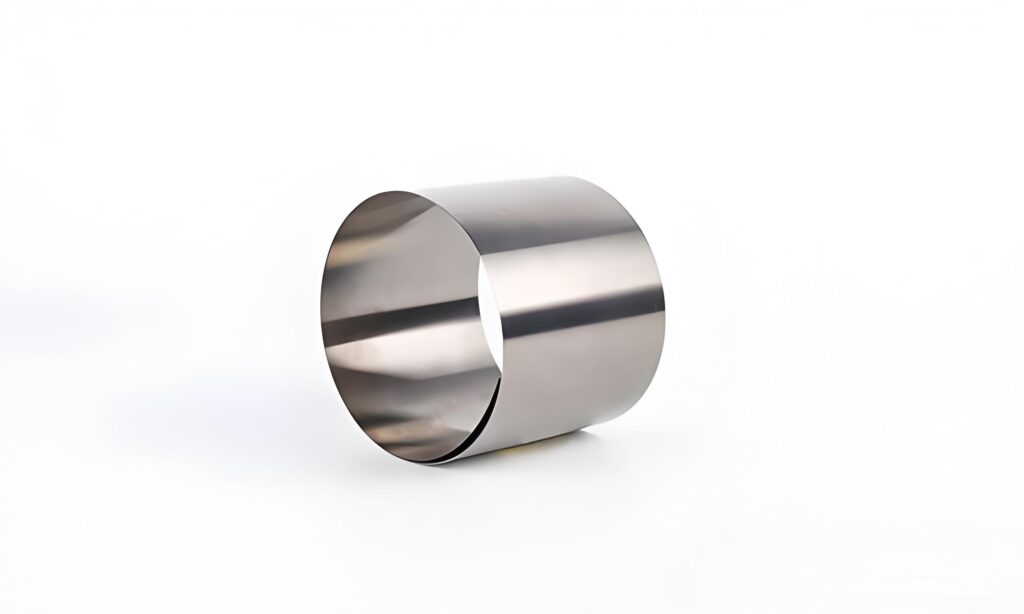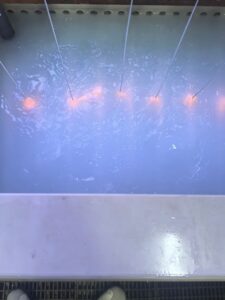In the precision machining industry, material selection plays a critical role in determining the performance, longevity, and cost-effectiveness of a final product. At Precionn, a leading company specializing in machining solutions, the spotlight often falls on duplex stainless steels due to their superior mechanical and corrosion-resistant properties. This blog offers an in-depth look into the world of duplex stainless steel, aiming to educate professionals and enthusiasts alike.
What Is Duplex Stainless Steel?
Duplex stainless steel is a remarkable alloy that combines the best attributes of austenitic and ferritic stainless steels. Named for its dual-phase microstructure, which consists of roughly equal parts of austenite and ferrite, duplex stainless steel offers a unique blend of strength, corrosion resistance, and cost-effectiveness. Unlike traditional stainless steels, duplex stainless steels strike a balance that makes them ideal for challenging environments, such as offshore oil rigs, chemical processing plants, and marine applications.
This hybrid structure gives duplex stainless steel its edge. The ferritic phase contributes to its high strength and resistance to stress corrosion cracking, while the austenitic phase enhances its toughness and formability. For industries seeking materials that can withstand harsh conditions without compromising performance, duplex stainless steels have become a go-to choice.
Duplex Stainless Steel Grades
Duplex stainless steel comes in various grades, each tailored to specific applications and performance requirements. The most well-known grades include 2205 duplex stainless steel and super duplex stainless steel, both of which are widely used in demanding industries.
- 2205 Duplex Stainless Steel: The most commonly used grade, 2205 offers excellent corrosion resistance and high strength. It contains approximately 22% chromium, 5% nickel, and 3% molybdenum, making it suitable for applications like chemical processing and marine environments.
- Super Duplex Stainless Steel: Grades like SAF 2507 fall under this category, offering even higher corrosion resistance and strength due to increased chromium, molybdenum, and nitrogen content. Super duplex stainless steel is often used in extreme conditions, such as deep-sea oil exploration.
- Lean Duplex Grades: These have lower alloy content, making them more cost-effective while still offering improved performance over standard austenitic steels.
- Hyper Duplex Grades: These are less common but designed for ultra-high corrosion resistance in the most aggressive environments.
Each grade is engineered to meet specific needs, and selecting the right one depends on factors like environmental exposure, mechanical requirements, and budget.
Composition of Duplex Stainless Steel
The composition of duplex stainless steel is what gives it its unique properties. The alloy typically contains:
- Chromium (20–30%): Enhances corrosion resistance, particularly against pitting and crevice corrosion.
- Nickel (4–8%): Contributes to the austenitic phase, improving toughness and ductility.
- Molybdenum (0–4%): Boosts resistance to pitting and crevice corrosion, especially in chloride-rich environments.
- Nitrogen (0.1–0.3%): Stabilizes the austenitic phase and enhances strength and corrosion resistance.
- Iron: The base element, providing the foundation for the alloy’s strength.
- Other Elements: Trace amounts of manganese, silicon, and sometimes copper may be added to fine-tune properties.
This balanced composition results in a material that outperforms many traditional stainless steels. For example, duplex stainless steel 2205 has a higher chromium and molybdenum content than standard austenitic grades, making it more resistant to corrosion in harsh environments like seawater.
Properties of Duplex Steel
The properties of duplex stainless steel make it a standout choice for industries requiring high-performance materials. Key characteristics include:

High Strength
Duplex stainless steels are roughly twice as strong as standard austenitic stainless steels, such as 304 or 316. This allows for thinner material sections, reducing weight and cost in applications like pressure vessels and structural components.
Superior Corrosion Resistance
Thanks to its high chromium, molybdenum, and nitrogen content, duplex stainless steel excels in resisting pitting, crevice corrosion, and stress corrosion cracking. Super duplex stainless steel, for instance, is highly resistant to corrosion in chloride-rich environments, making it ideal for offshore and marine applications.
Excellent Toughness and Ductility
While ferritic steels can be brittle, the austenitic phase in duplex stainless steel ensures good toughness and ductility, even at low temperatures. This makes it suitable for cryogenic applications.
Weldability and Formability
Although not as easy to weld as austenitic steels, duplex stainless steels can be welded with proper techniques. Their formability allows for complex shapes, such as those produced through duplex stainless steel investment casting.
Cost-Effectiveness
With lower nickel content than austenitic grades, duplex stainless steel is often more cost-effective, especially in volatile nickel markets. Lean duplex grades further enhance affordability without sacrificing performance.
These properties make duplex stainless steel a versatile material for industries ranging from oil and gas to chemical processing and beyond.
Duplex Stainless Steel Applications
The unique combination of strength, corrosion resistance, and affordability makes duplex stainless steel a preferred material across various industries. Some common applications include:

Oil and Gas Industry
Duplex stainless steels, particularly duplex 2205 stainless steel and super duplex stainless steel, are widely used in offshore oil platforms, pipelines, and subsea equipment. Their ability to withstand corrosive seawater and high-pressure environments makes them indispensable.
Chemical Processing
In chemical plants, where exposure to aggressive chemicals is common, duplex stainless steel is used for storage tanks, heat exchangers, and piping systems. Its resistance to pitting and crevice corrosion ensures long-term reliability.
Marine Applications
From shipbuilding to desalination plants, duplex stainless steel is a go-to material for marine environments. Its ability to resist corrosion in saltwater makes it ideal for components like propeller shafts and seawater pumps.
Pulp and Paper Industry
The pulp and paper industry relies on duplex stainless steel for equipment exposed to corrosive chemicals and high temperatures, such as digesters and bleaching systems.
Structural Components
Thanks to its high strength, duplex stainless steel is used in bridges, pressure vessels, and other structural applications where weight savings and durability are critical.
Investment Casting
Duplex stainless steel investment casting is increasingly popular for producing complex, high-precision components. This process allows manufacturers to create intricate parts with excellent surface finish and dimensional accuracy, ideal for industries like aerospace and energy.
These applications highlight the versatility of duplex stainless steel, making it a material of choice for engineers seeking reliability and performance.
What Are the Advantages and Disadvantages of Duplex Steel?
Like any material, duplex stainless steel has its strengths and limitations. Understanding these can help industries make informed decisions when selecting materials.
Advantages
- Enhanced Strength: The high strength of duplex stainless steel allows for thinner, lighter components, reducing material costs and improving efficiency.
- Superior Corrosion Resistance: Its resistance to pitting, crevice corrosion, and stress corrosion cracking makes it ideal for harsh environments.
- Cost-Effectiveness: Lower nickel content compared to austenitic grades reduces costs, especially in fluctuating markets.
- Versatility: Duplex stainless steel is suitable for a wide range of applications, from structural components to duplex stainless steel investment casting.
- Good Weldability: With proper techniques, duplex stainless steel can be welded effectively, allowing for complex fabrications.
Disadvantages
- Complex Welding Requirements: Welding duplex stainless steel requires precise control to maintain the balance of austenite and ferrite, which can be challenging.
- Limited Temperature Range: Duplex stainless steel is not suitable for extremely high temperatures (above 300°C) due to the risk of embrittlement.
- Higher Initial Cost: While cost-effective compared to high-nickel alloys, duplex stainless steel can be more expensive than standard stainless steels.
- Machining Challenges: Its high strength can make machining more difficult, requiring specialized tools and expertise.
By weighing these pros and cons, industries can determine whether duplex stainless steel is the right choice for their specific needs.
Why Choose Duplex Stainless Steel for Your Next Project?
Duplex stainless steel’s unique combination of strength, corrosion resistance, and affordability makes it an attractive option for a wide range of applications. Whether you’re working on an offshore oil platform, a chemical processing plant, or a marine vessel, materials like duplex and super duplex stainless stee offer unmatched performance. Additionally, processes like duplex stainless steel investment casting allow for the creation of high-precision components tailored to specific requirements.
When considering duplex stainless steel, it’s essential to work with a machining partner who understands its properties and applications. Precionn, with its expertise in precision machining, is well-equipped to handle duplex stainless steel projects, delivering high-quality components that meet the most demanding specifications. Whether you’re exploring duplex stainless steels for a new project or seeking to optimize existing designs, Precionn is here to support your success with tailored solutions and industry-leading expertise.




